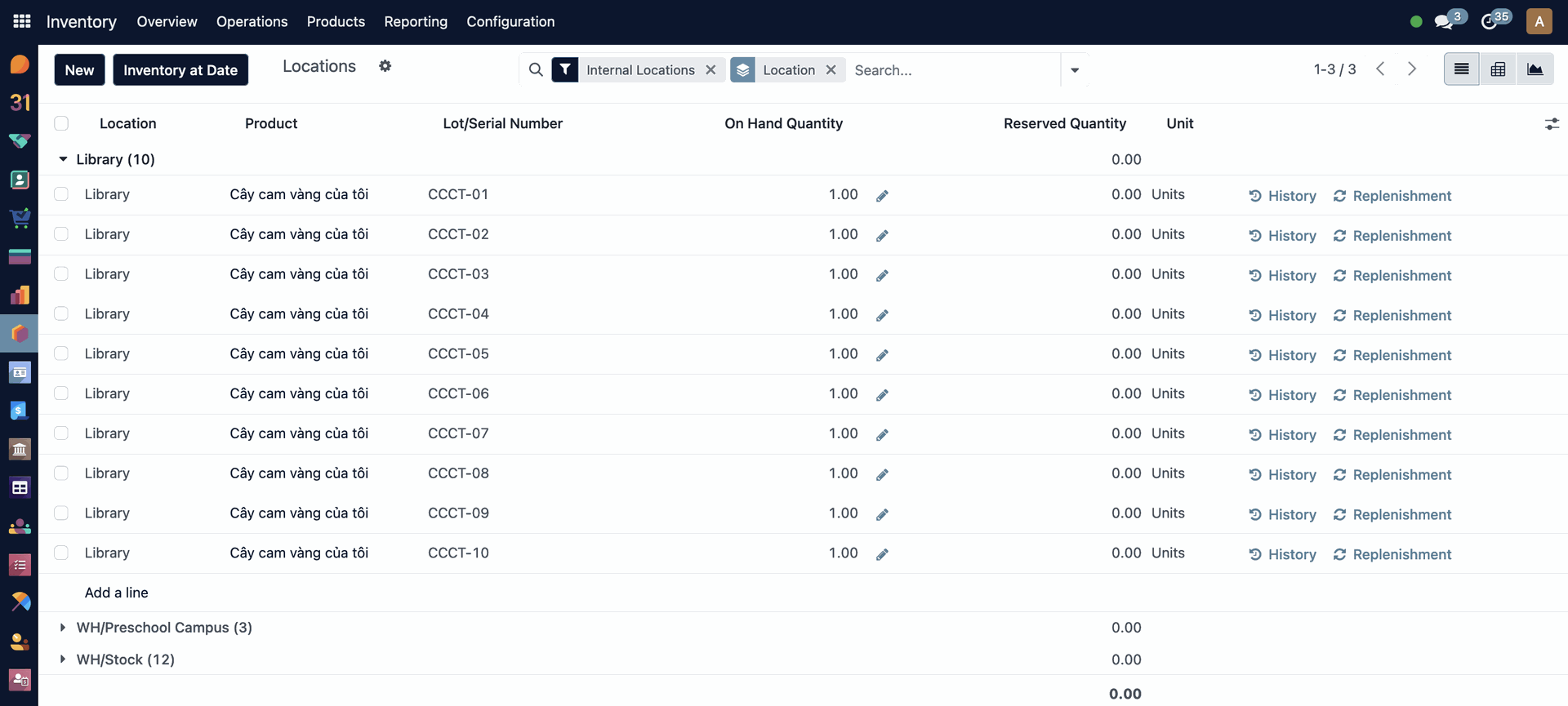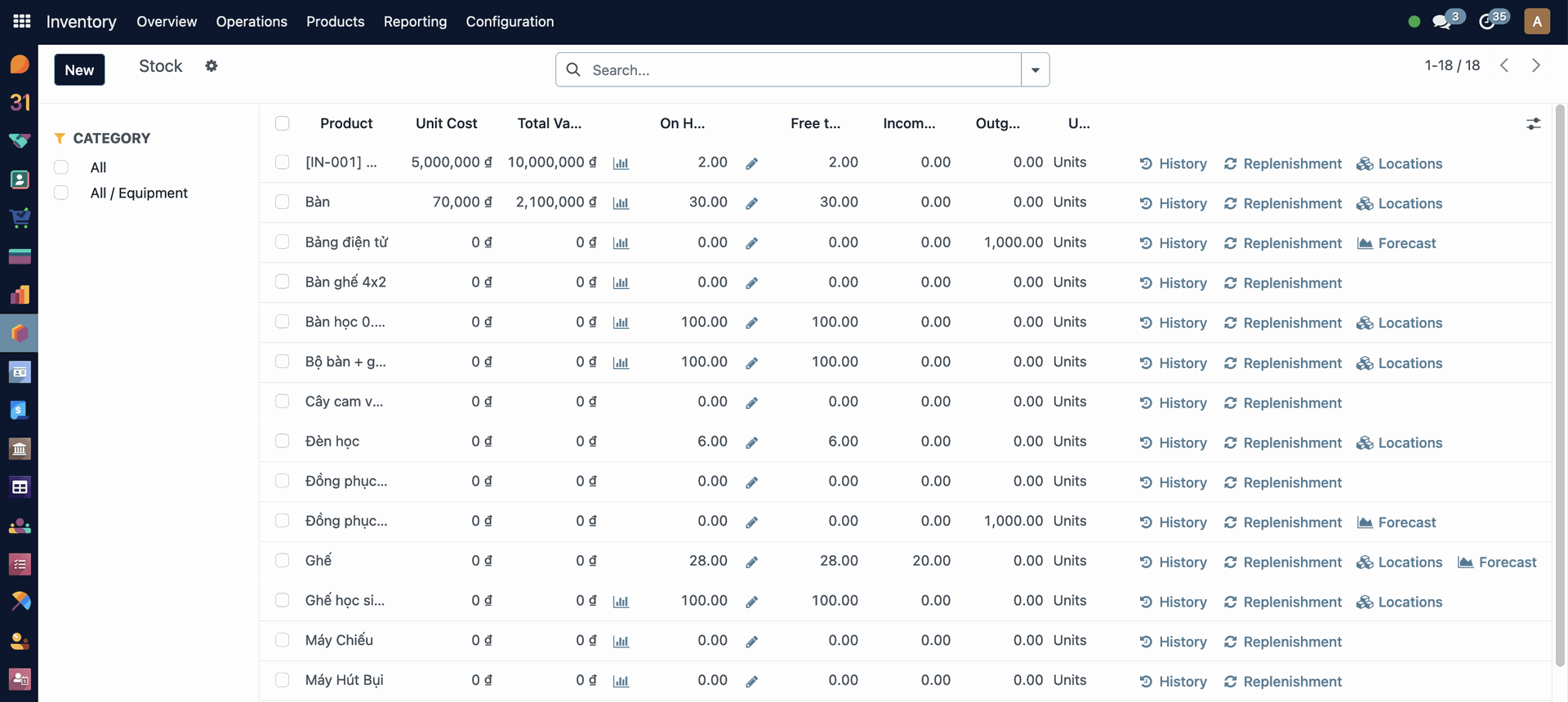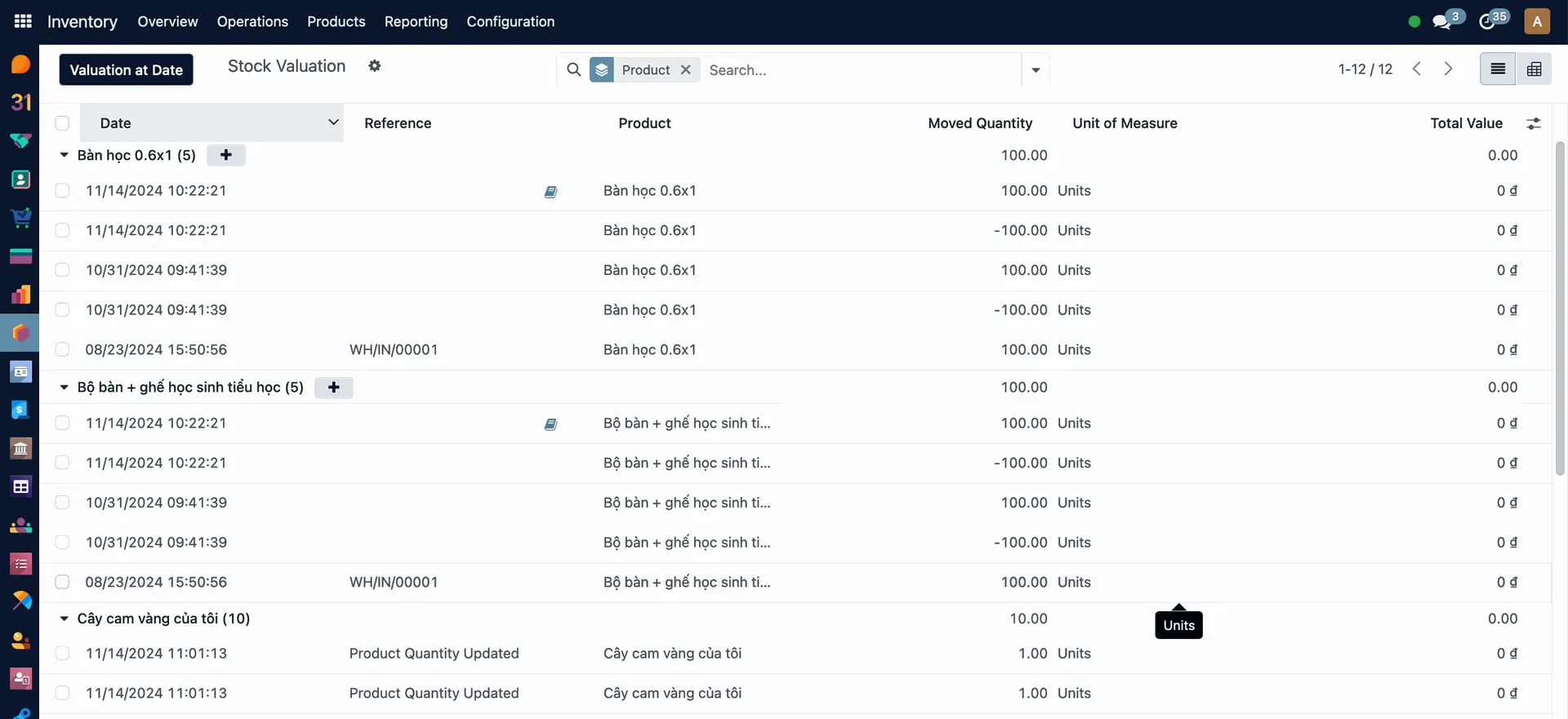OPERATIONS
In addition to academic management, the operation of a school is also a critical task that requires smooth coordination between different departments. The handling of paperwork manually, the lack of connection between departments, or inaccurate communication can lead to incidents, delays, and unnecessary mistakes in decision-making.
Treedoo has developed centralized features to improve coordination between management processes within the school, enabling departments to easily connect and share information. On this platform, administrators and staff will have an overview of the system and can easily grasp detailed features tailored to the needs and characteristics of each department.


Manage the recruitment process for students, teachers, and staff, from posting job openings, conducting interviews, to selecting and onboarding the most suitable candidates to meet the school’s needs.
Maintain and manage comprehensive employee records, including contracts, personal information, work history, and related documents, ensuring efficient and transparent personnel management.
Track and manage various types of leave for teachers and staff, maintain detailed attendance records, and ensure accurate and fair calculations of holidays and working days.
Regularly assess employee performance, identify strengths and areas for improvement, and create personalized development plans to enhance individual growth and contribute to the school’s success.
Oversee and calculate salaries for teachers and staff, including allowances, bonuses, and benefits, ensuring timely, accurate, and fair compensation.
Develop and implement training programs for teachers and staff to enhance their professional skills, fostering continuous career growth and aligning with the school’s long-term development.
Generate reports and statistics on personnel, performance, compensation, and other key metrics, providing insights that assist school leadership in making informed human resource decisions.
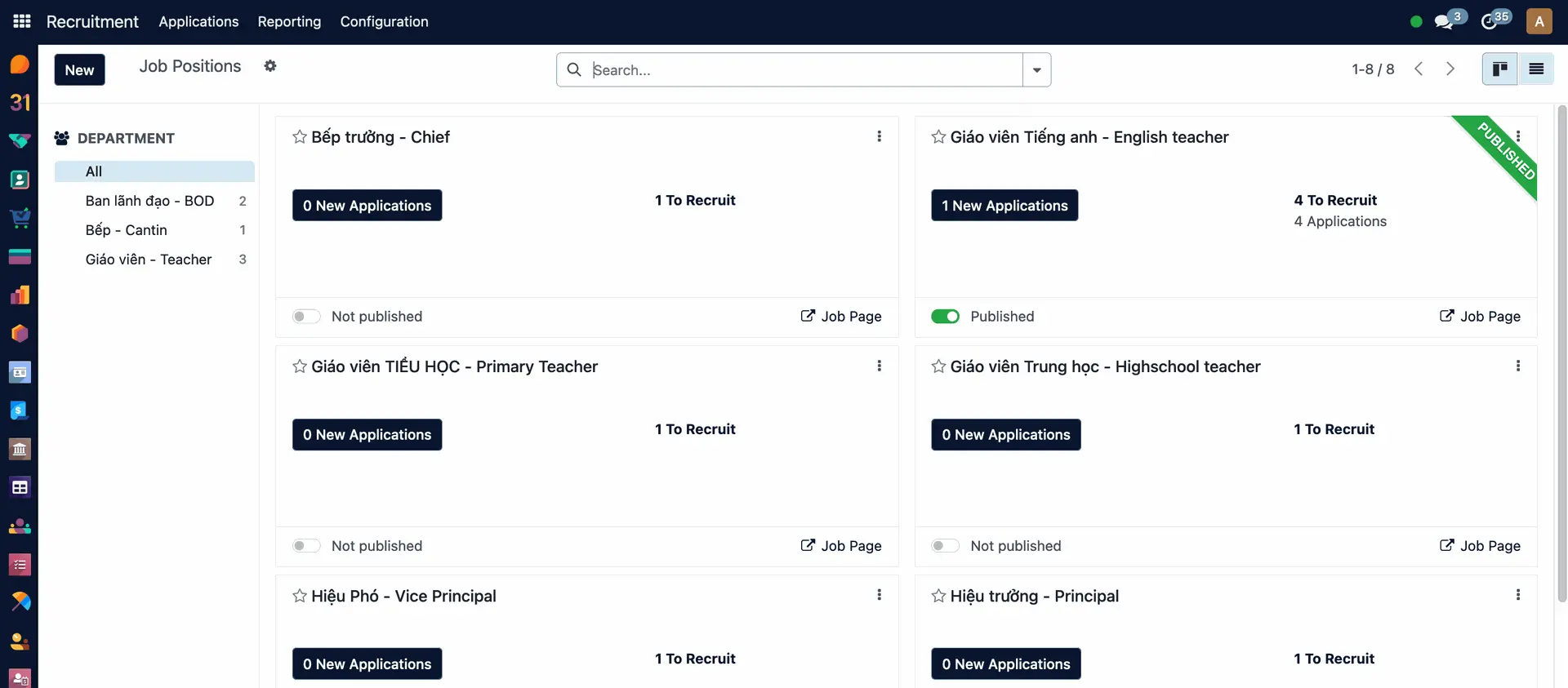
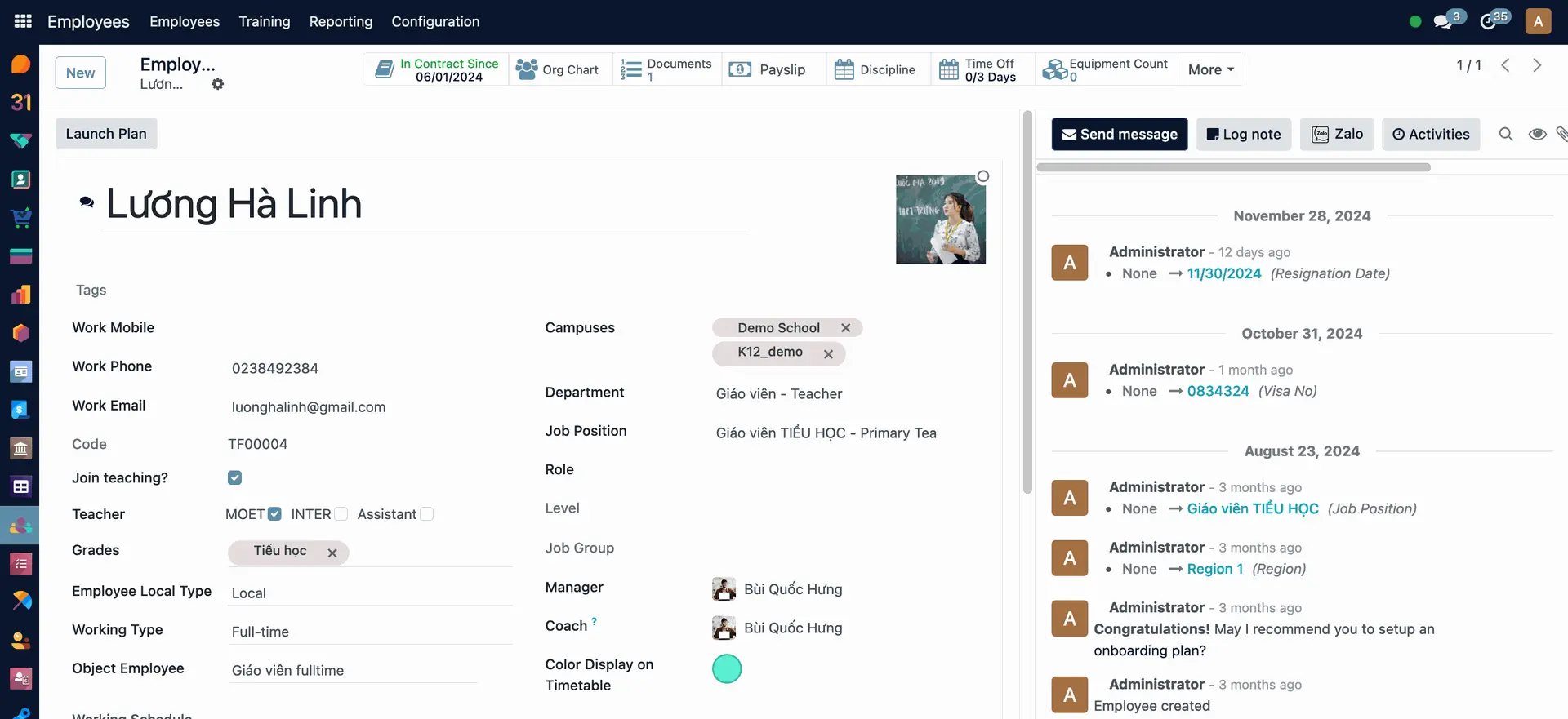
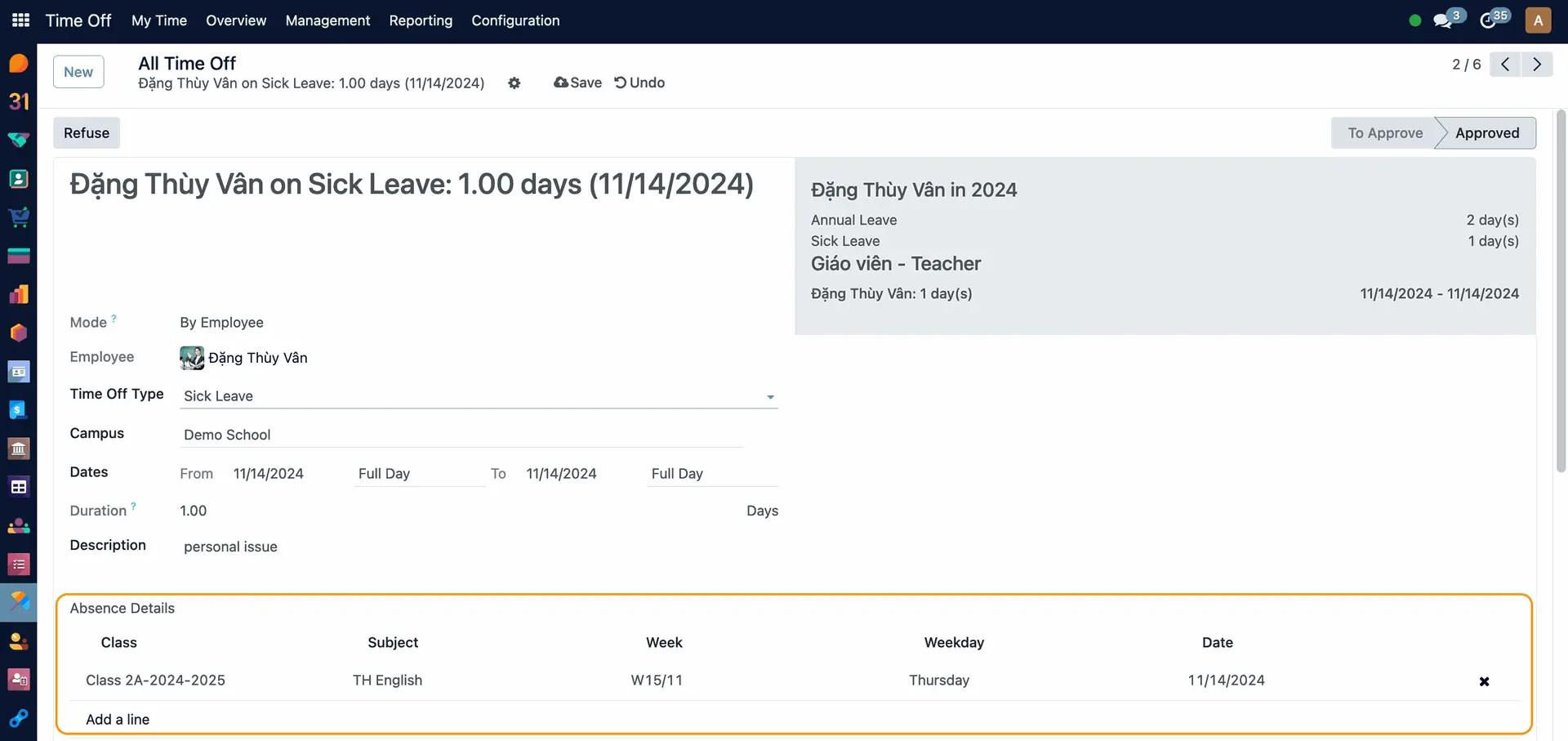
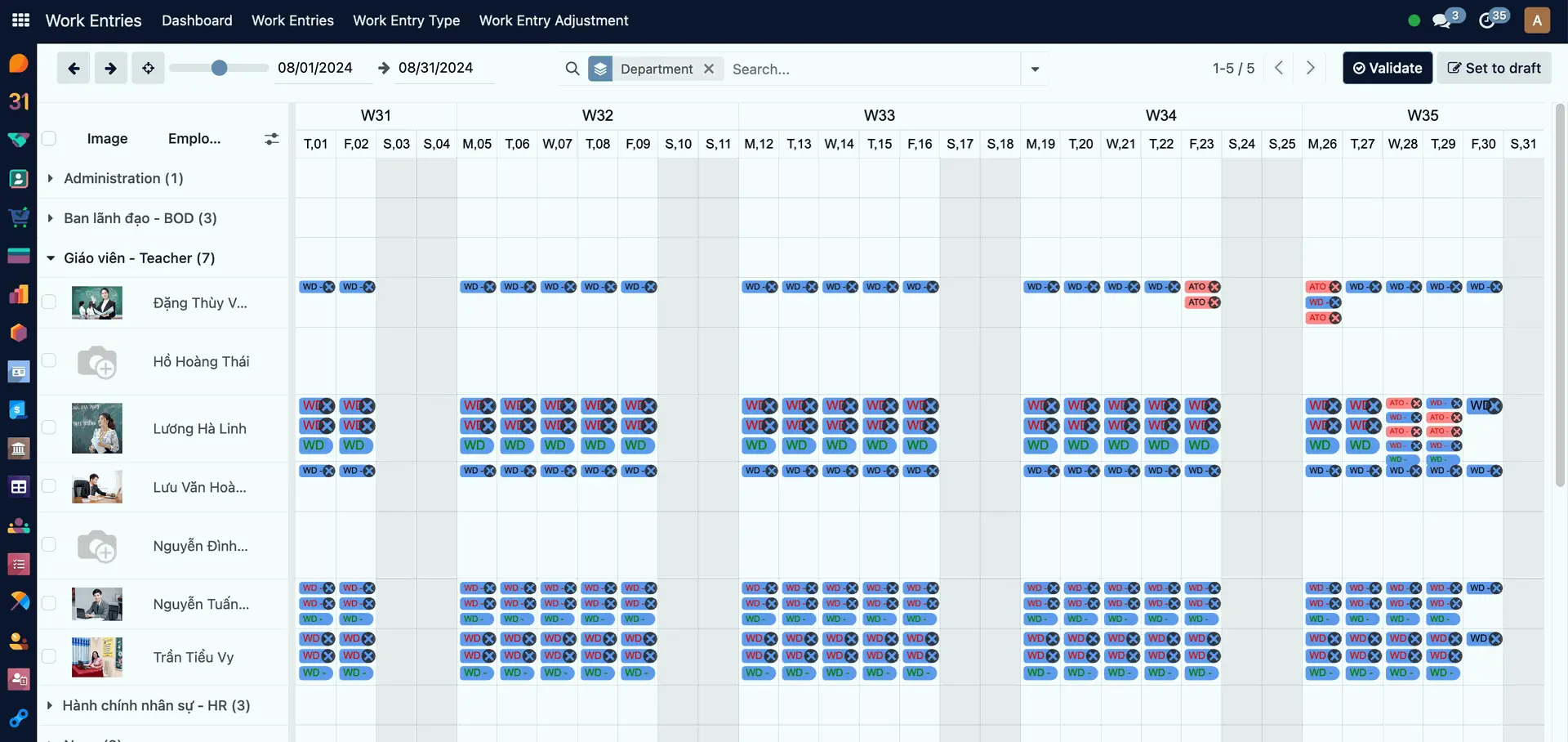

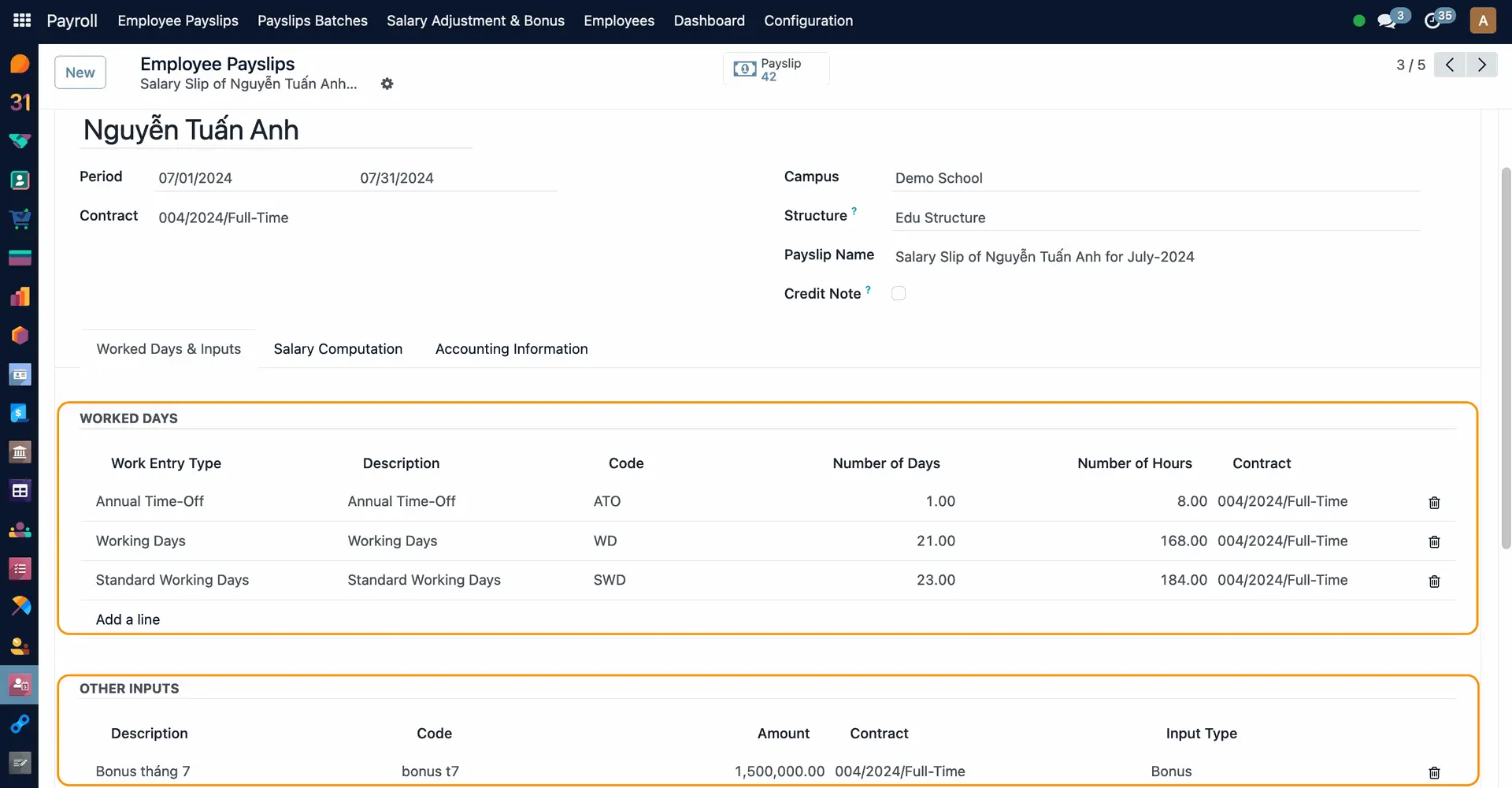
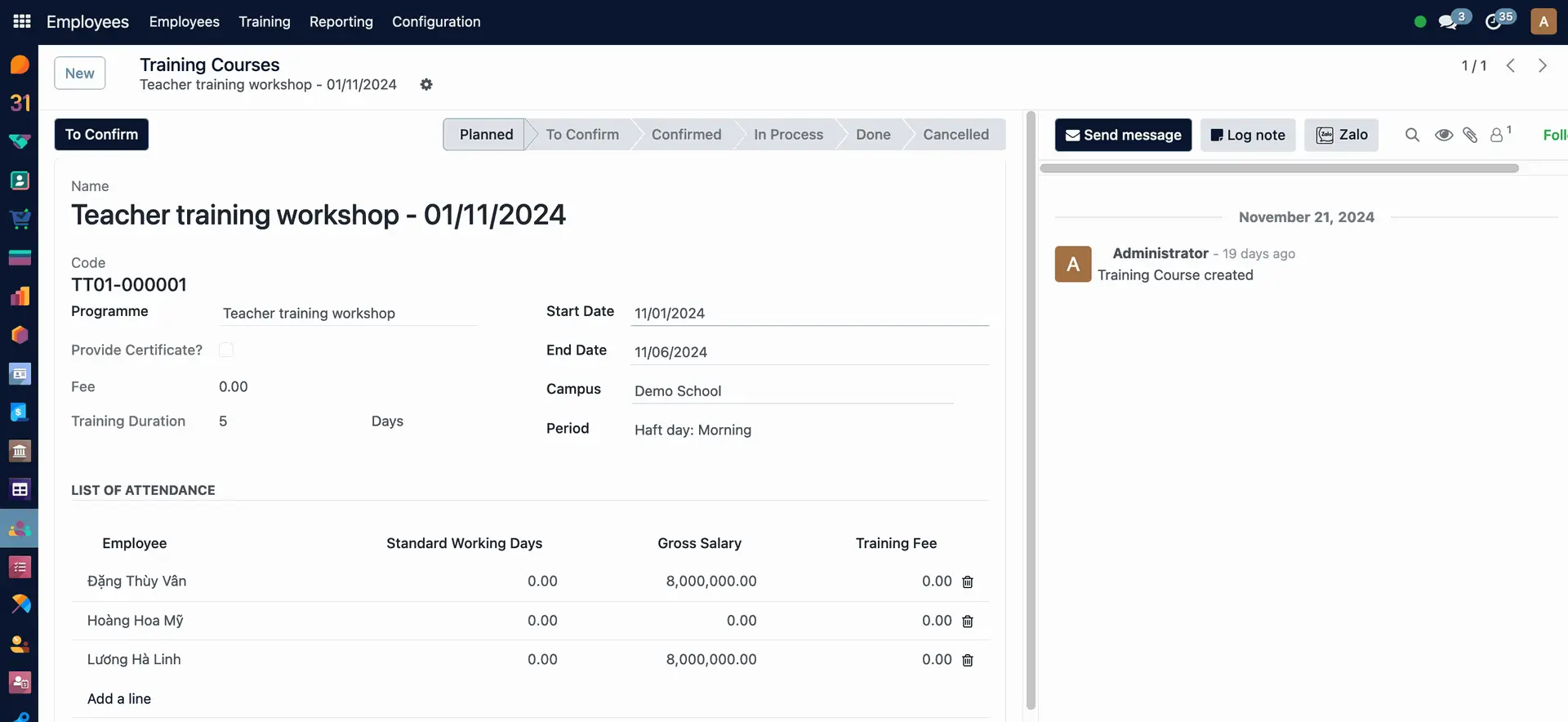

Manage different tuition fees for each grade level, program, or additional fees (such as textbooks, field trips, extracurricular activities...), ensuring transparency and ease of fee collection.
Create and manage fee structures for different classes, courses, or student groups, simplifying the fee collection process and ensuring the correct application of fees.
Automatically calculate and generate fee invoices for students, reducing errors and saving time in creating payment notifications.
Provide an intuitive dashboard that helps administrators monitor tuition collection, payments, outstanding fees, and other financial metrics, enabling quick and accurate decision-making.
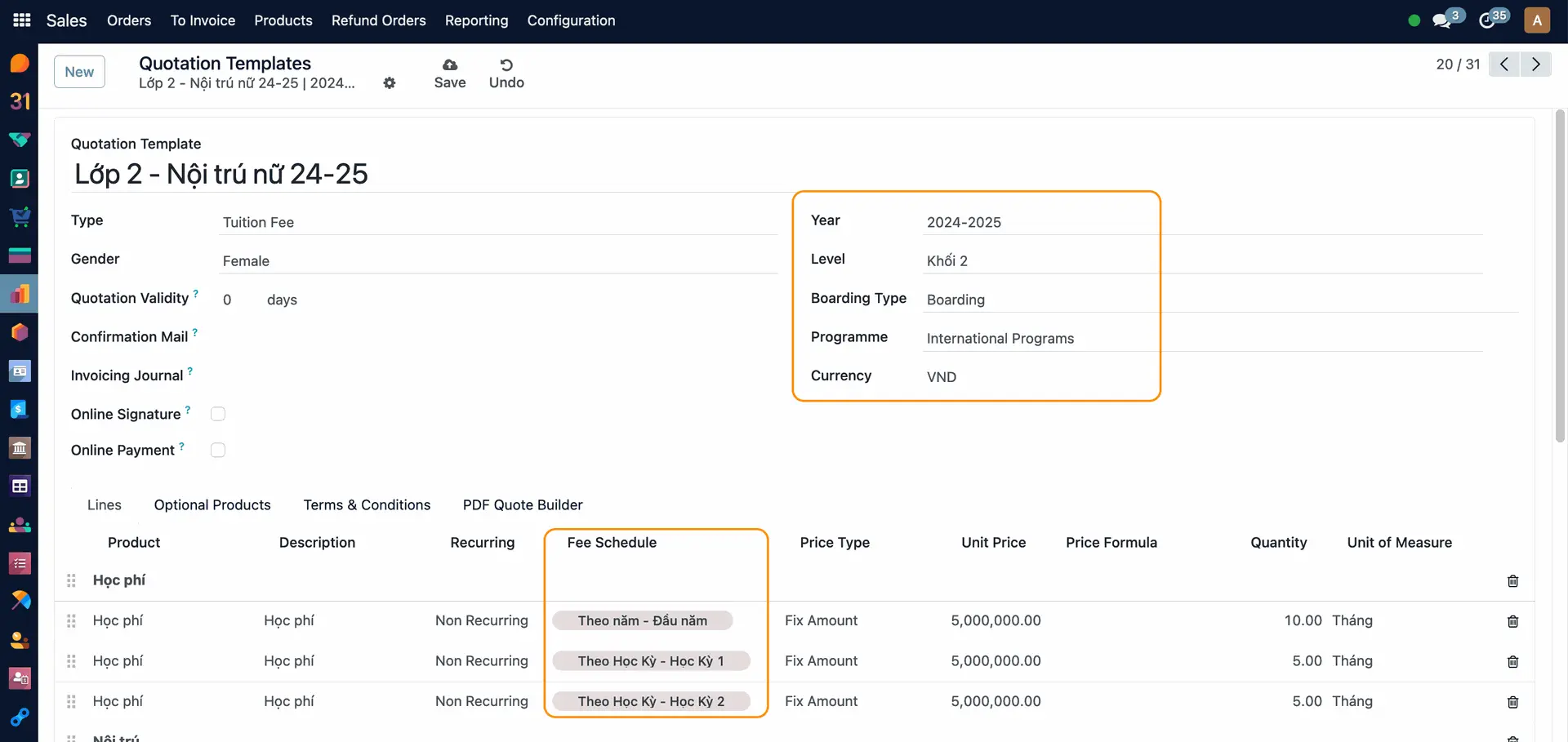
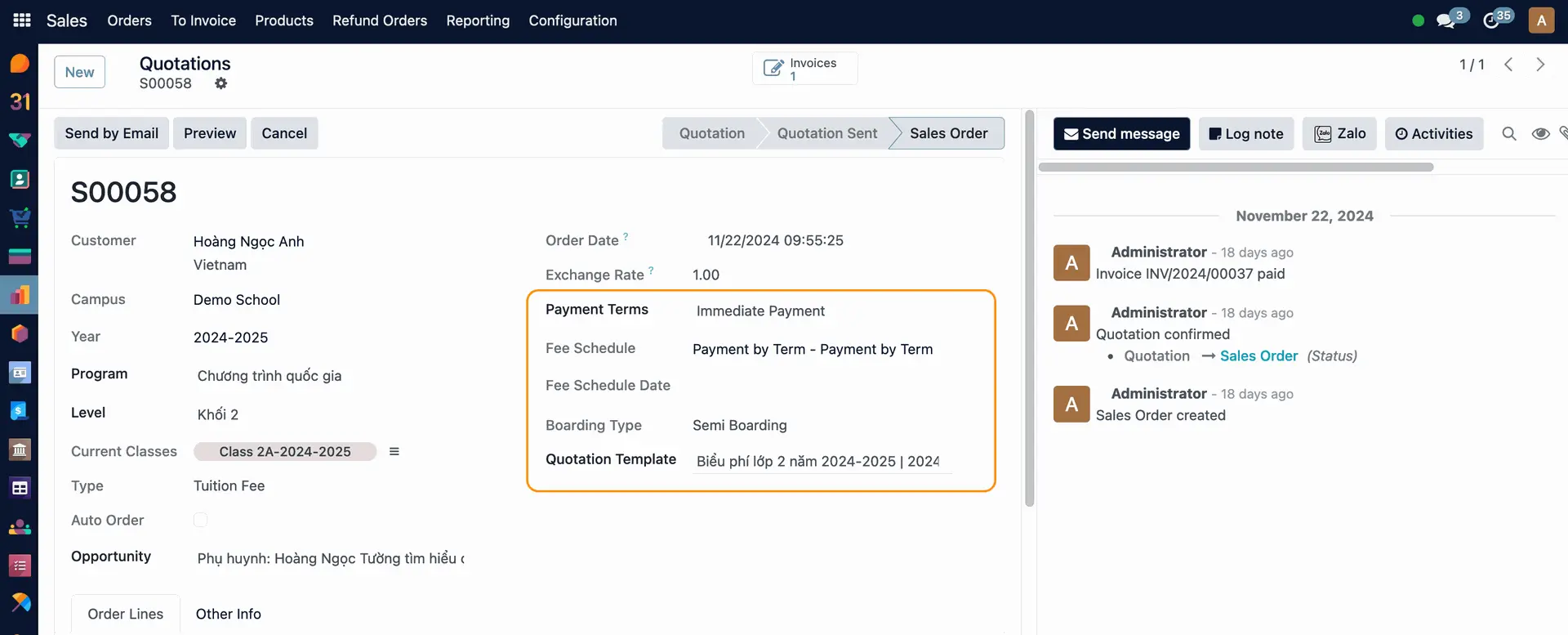
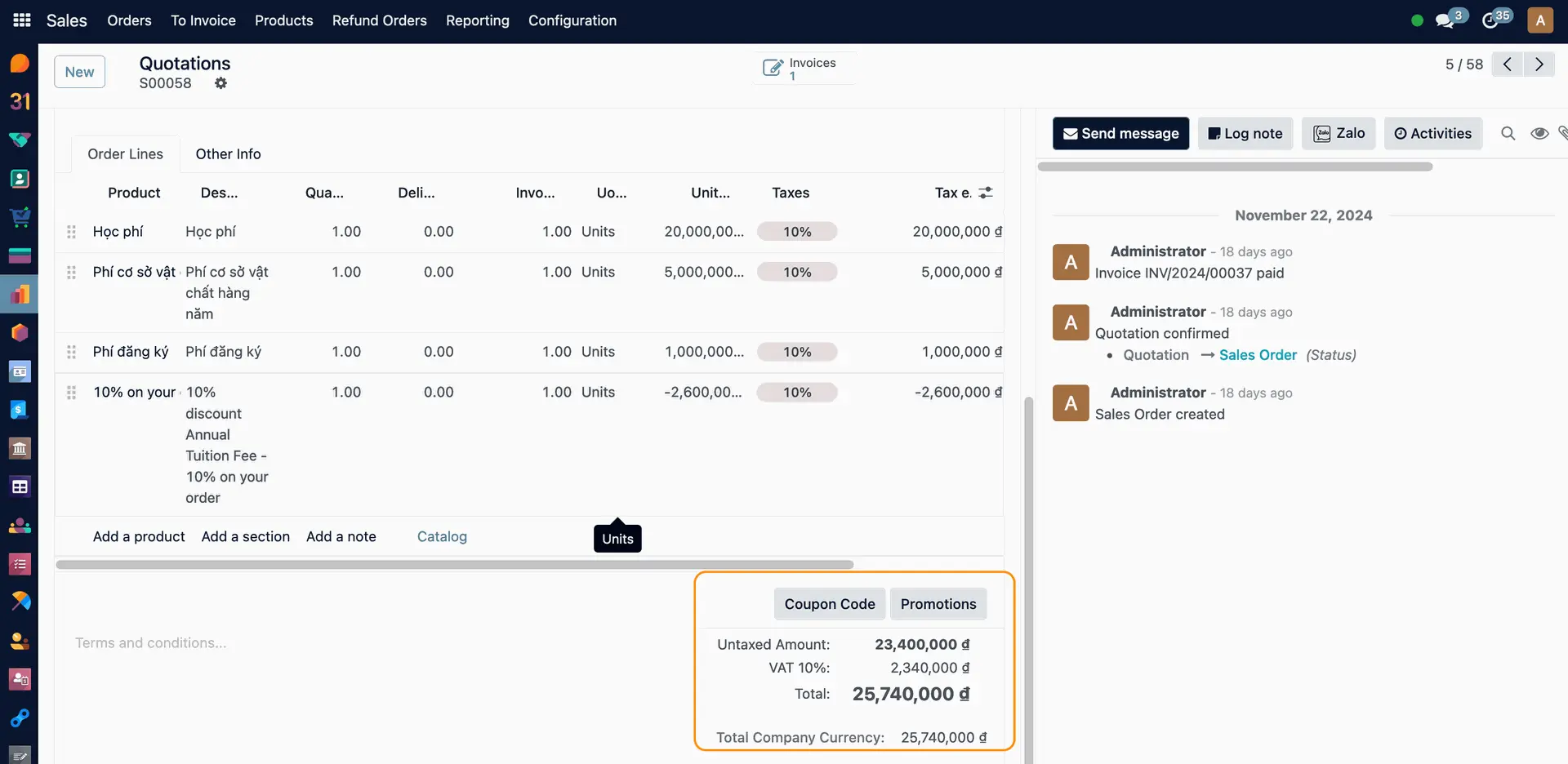
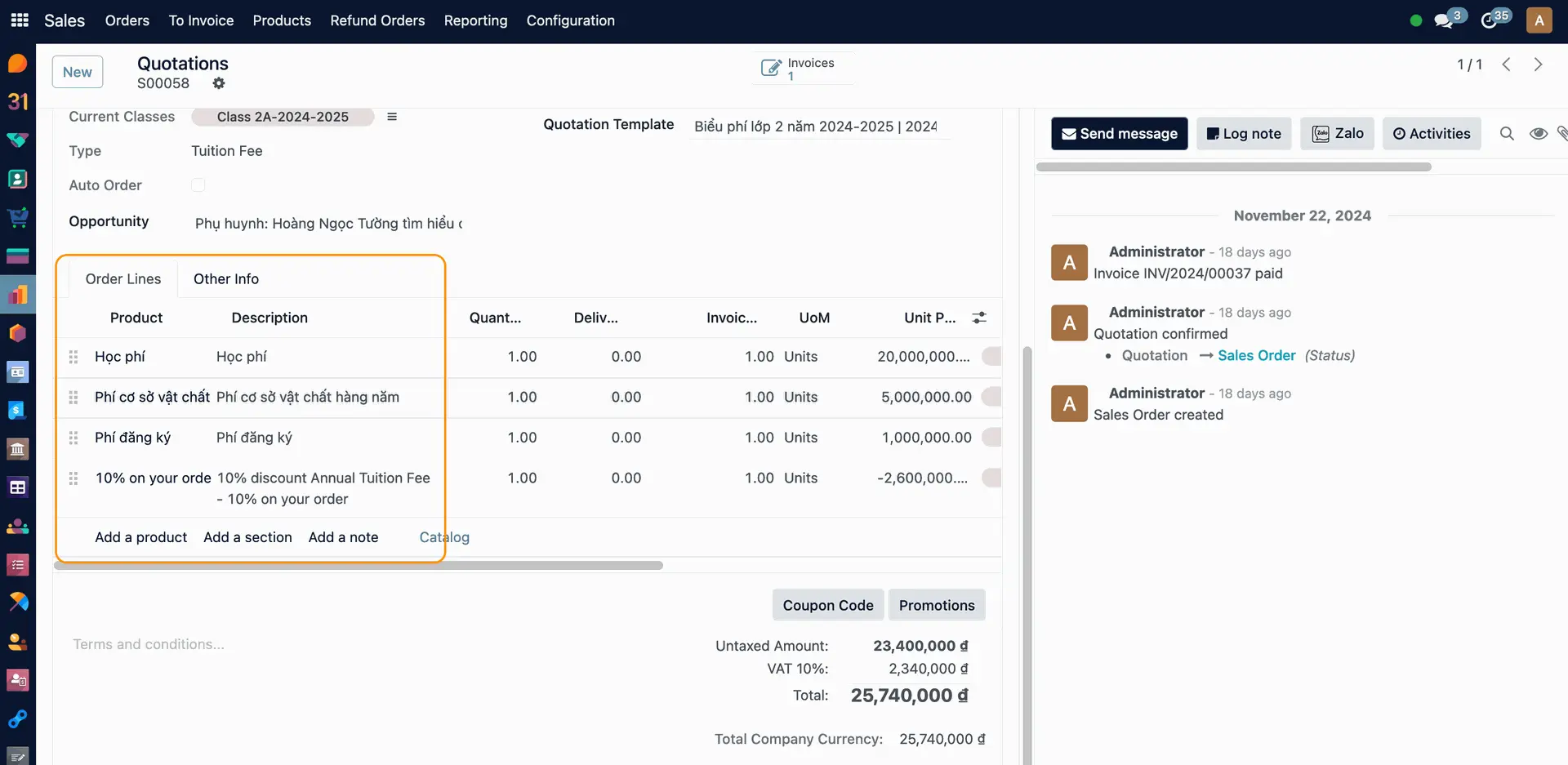
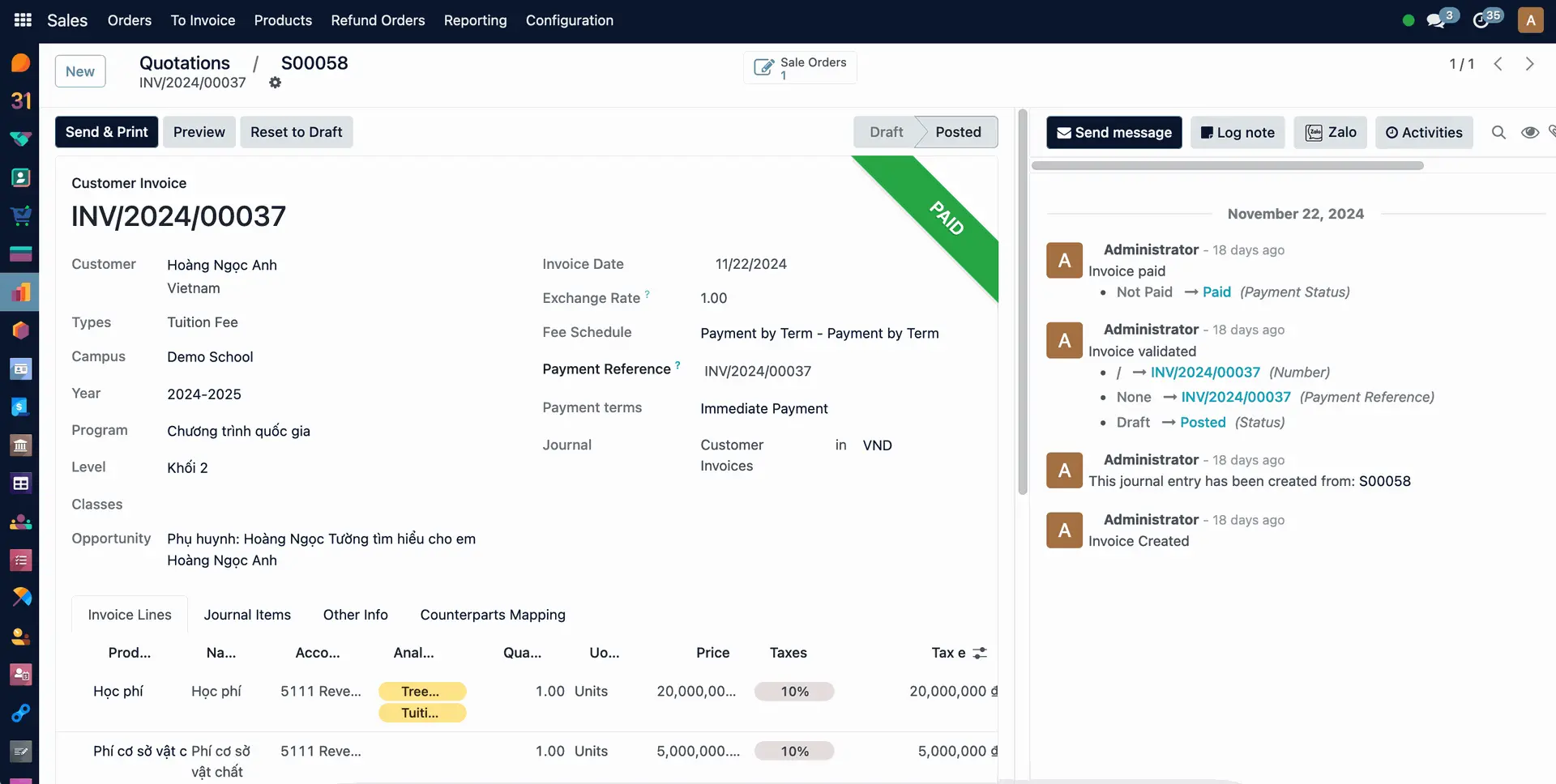
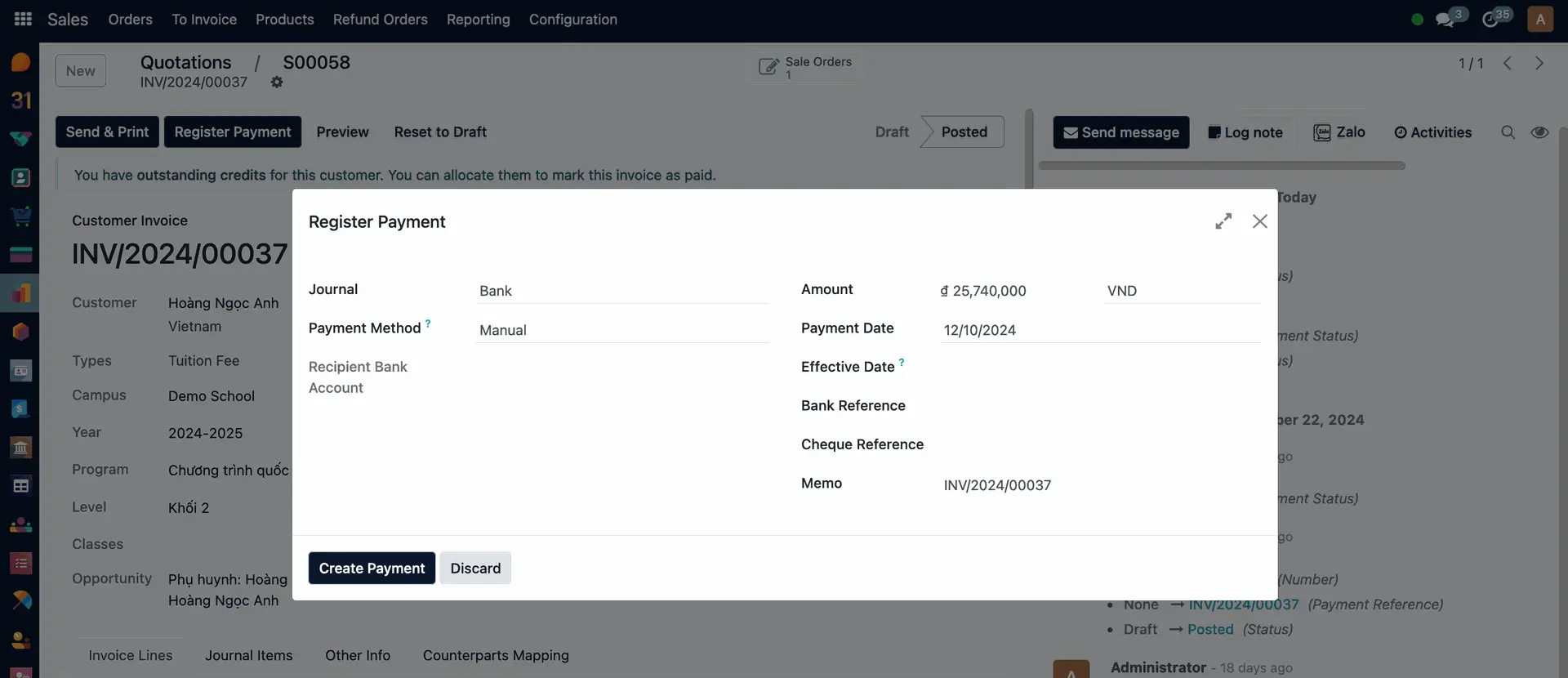

Establish and define the admission process, from receiving applications, screening, to announcing results.
Oversee and track the admission progress, ensuring each step is completed on time and according to the guidelines.
Manage the admission counseling team, ensuring they provide full support and information to parents and students regarding the school and admission process.
Send reminders about tasks, deadlines, and important events throughout the admission process.
Generate reports and statistics on application volumes, admission results, acceptance rates, and other key data to assess the effectiveness of the admission process.
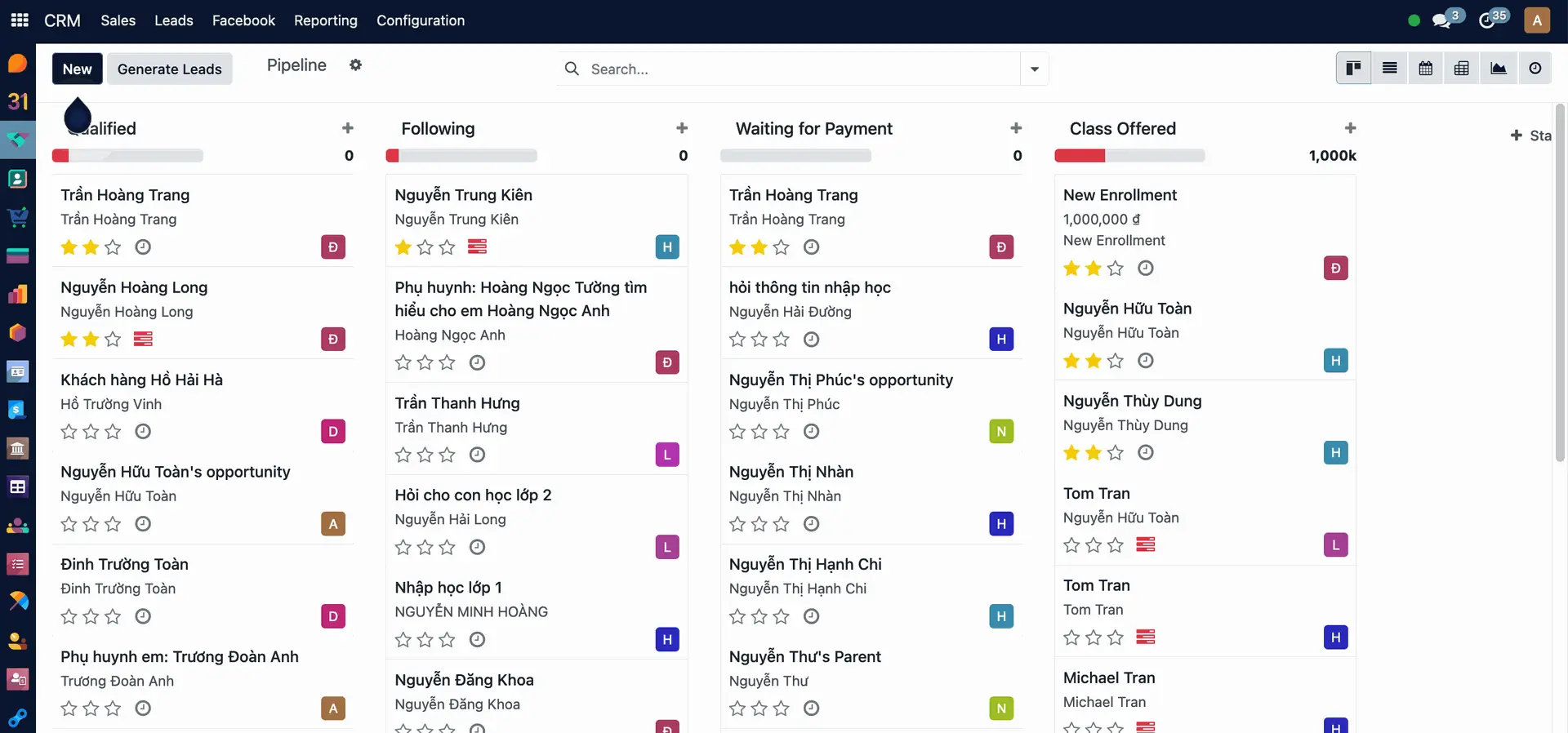
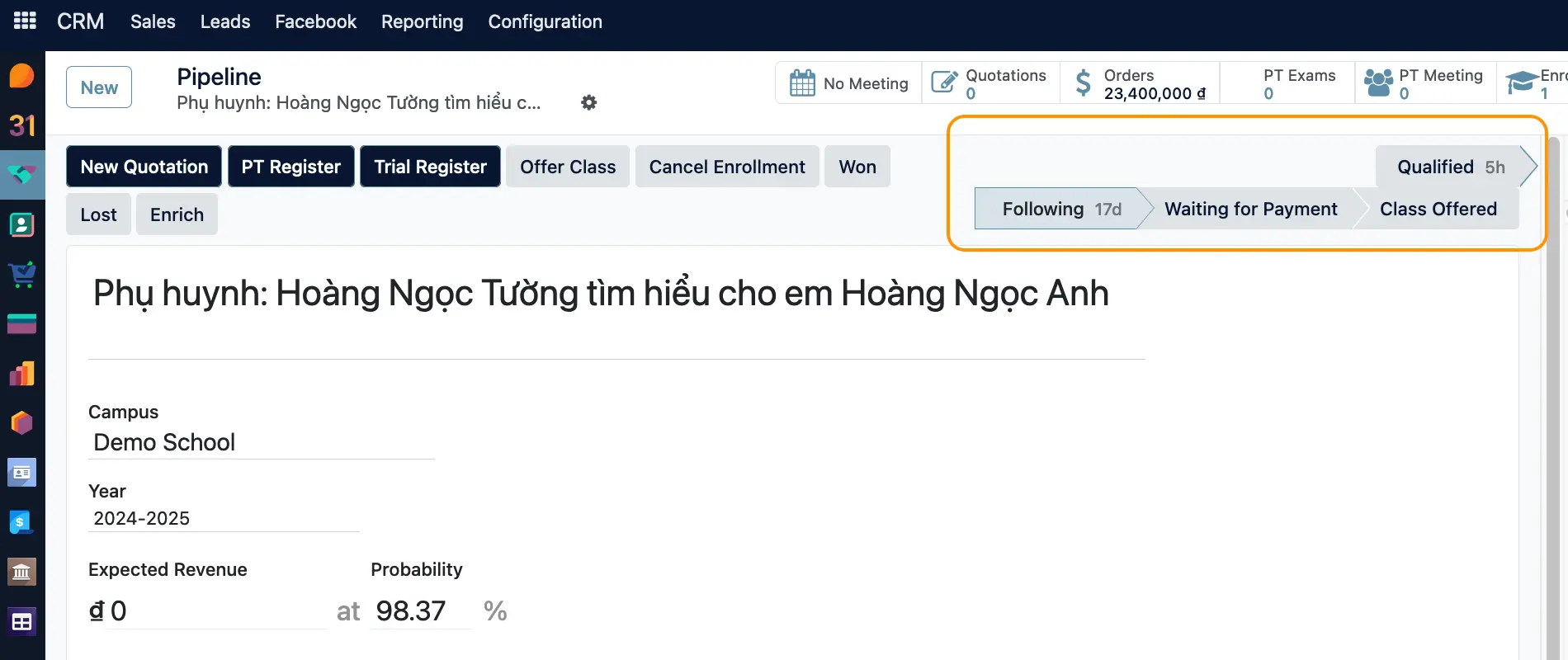
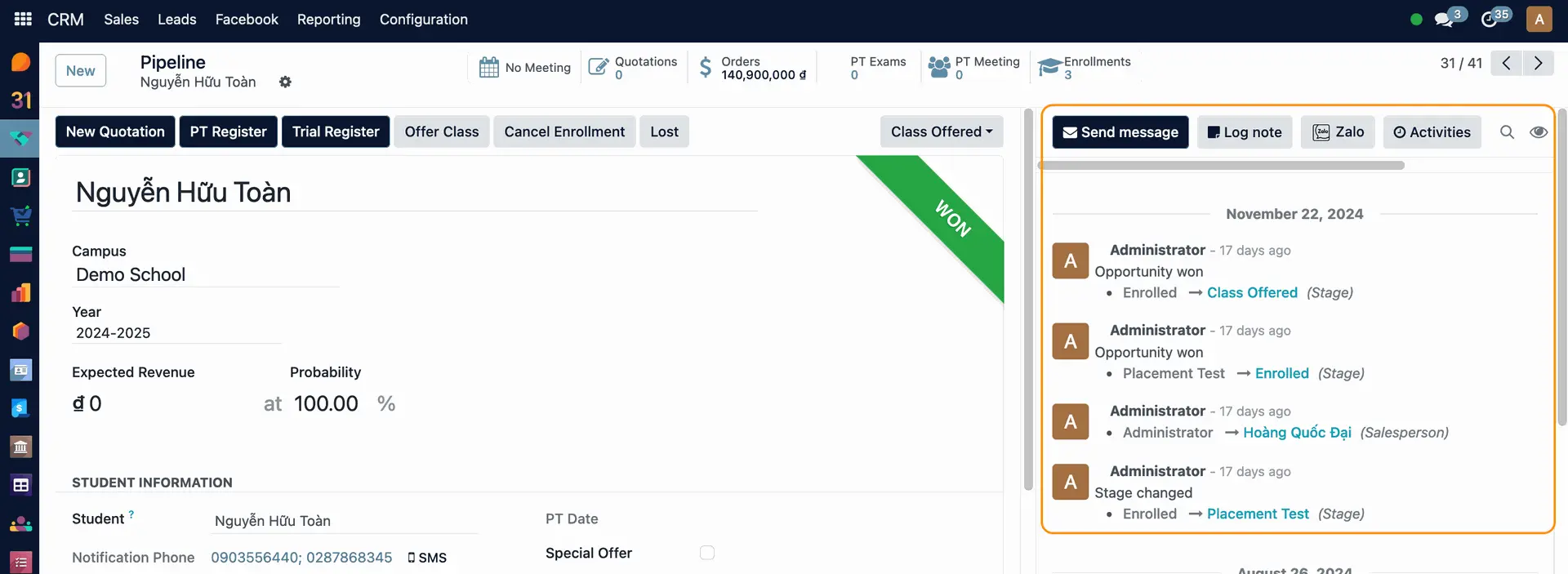
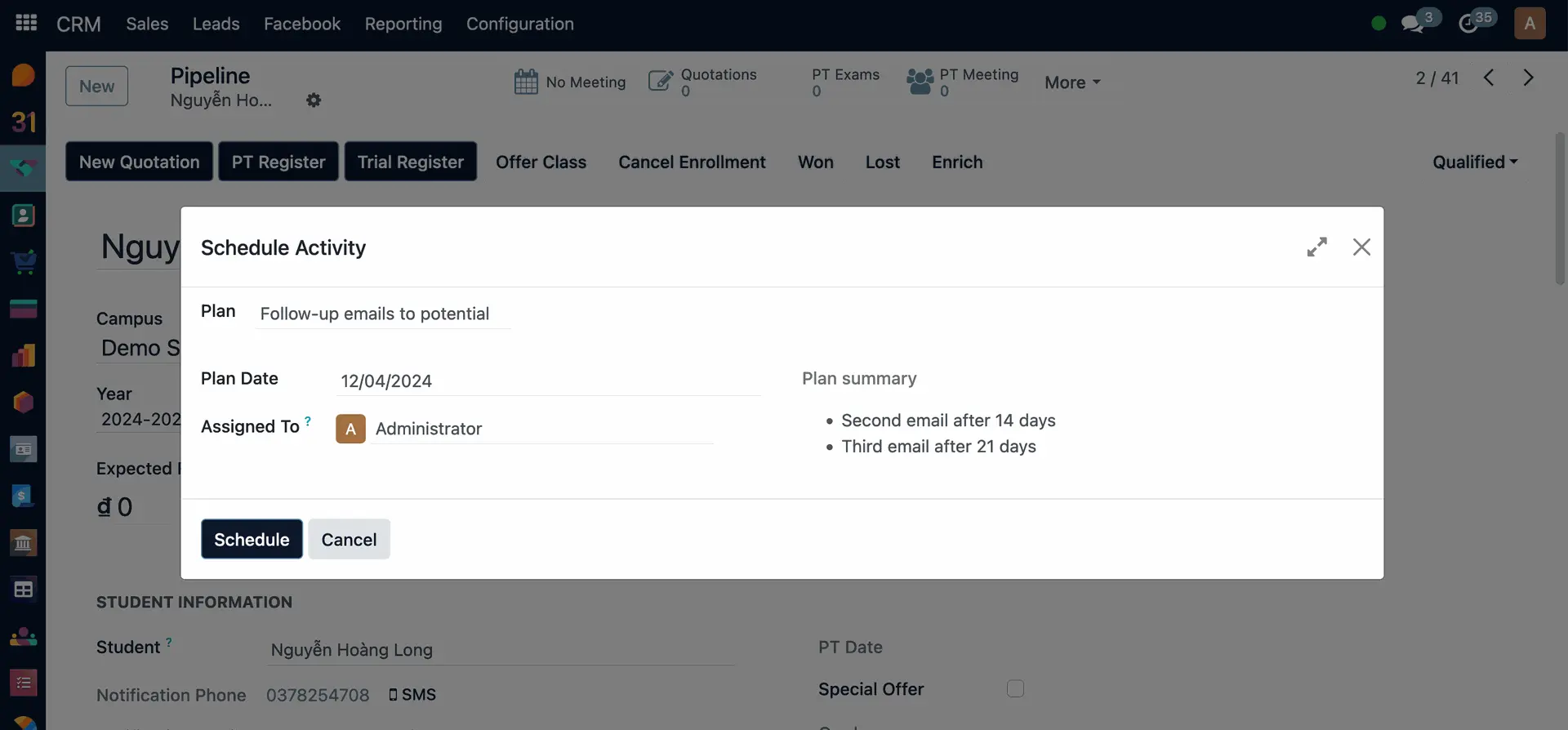

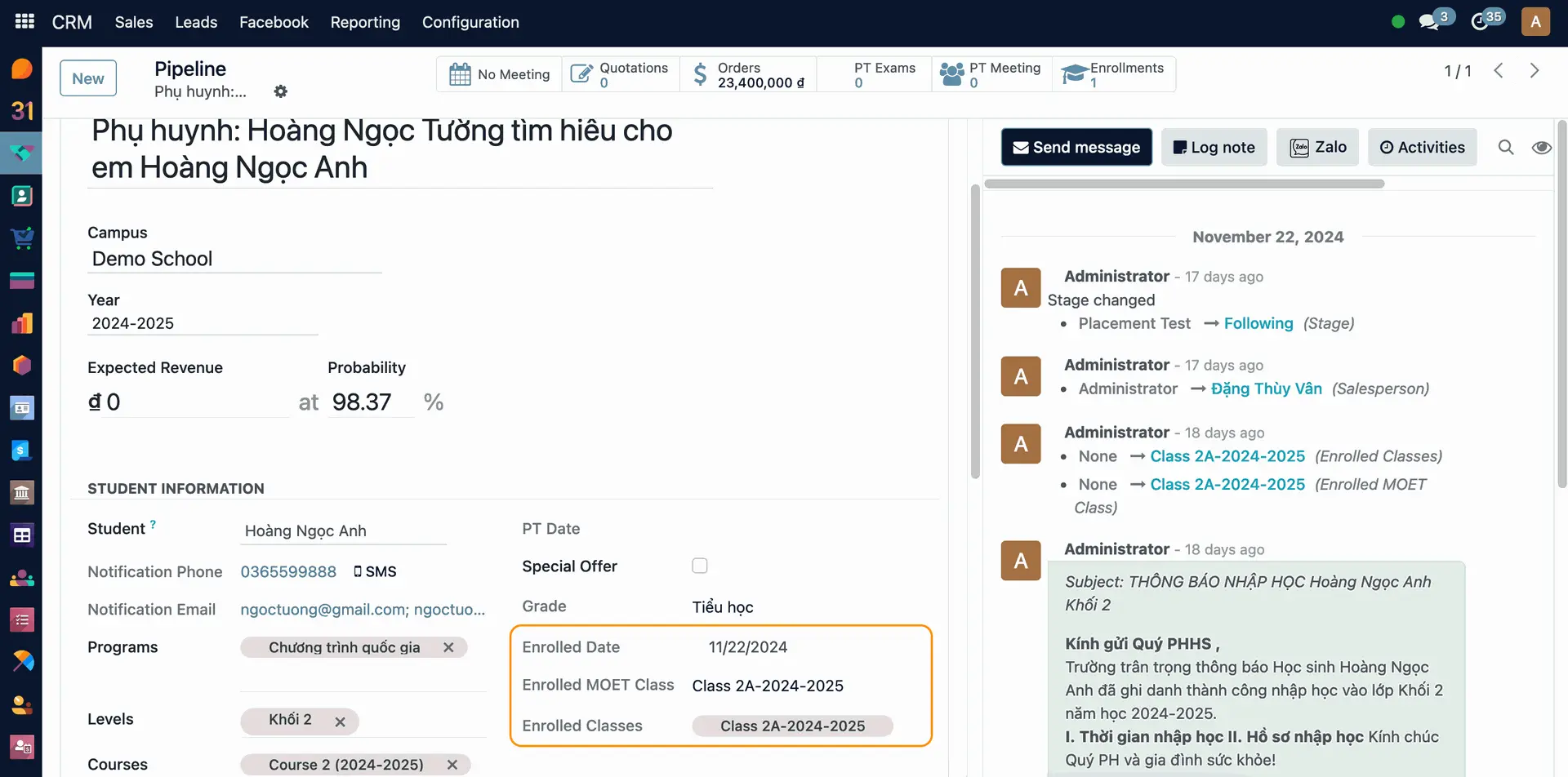

Manage information on suppliers of materials, equipment, textbooks, and other resources for teaching and learning. This includes selecting, and monitoring the quality, pricing, and delivery timelines of suppliers.
Receive and process purchase requests from various departments in the school (classrooms, laboratories, library, subject departments, etc.), ensuring that each department has the necessary supplies for teaching and learning.
Process and track purchase orders from suppliers, ensuring that orders are fulfilled accurately, on time, and according to departmental requirements.
Manage the intake and distribution of supplies and equipment for teaching and learning activities. This helps track inventory levels and ensure that essential materials are not lacking during classes.
Generate reports and statistics on purchasing activities, stock levels, and related costs. These reports assist in evaluating purchasing efficiency and making informed decisions on budgets and future purchasing plans.

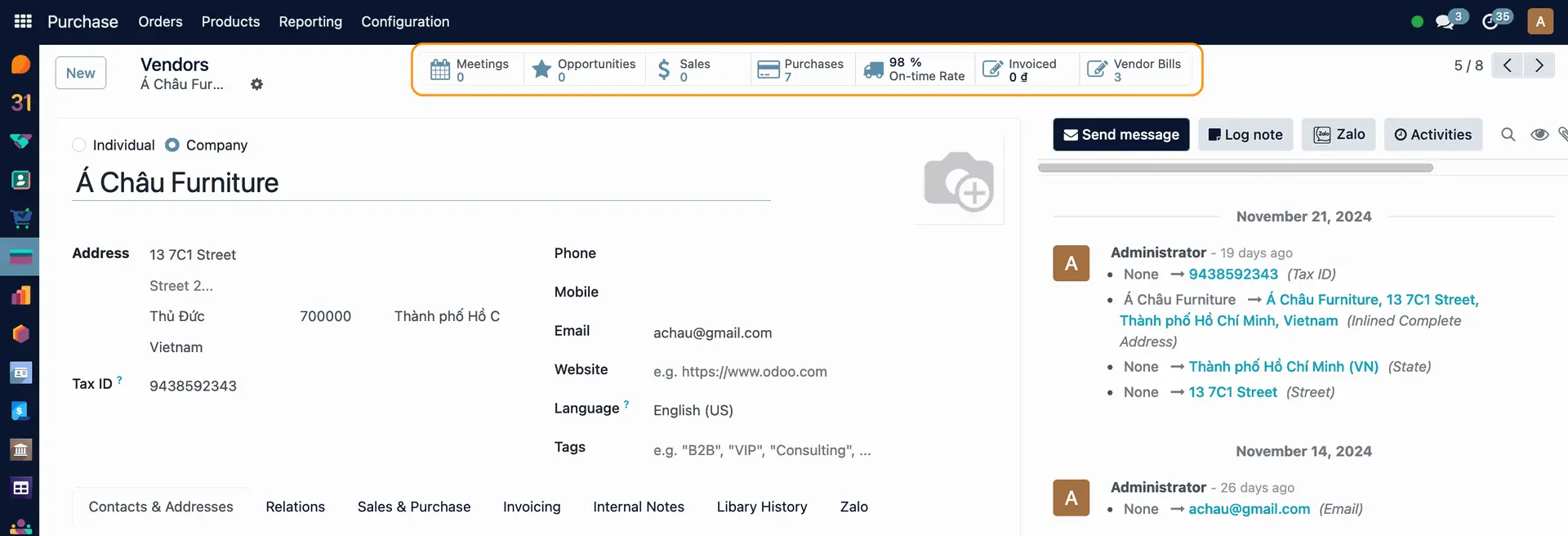
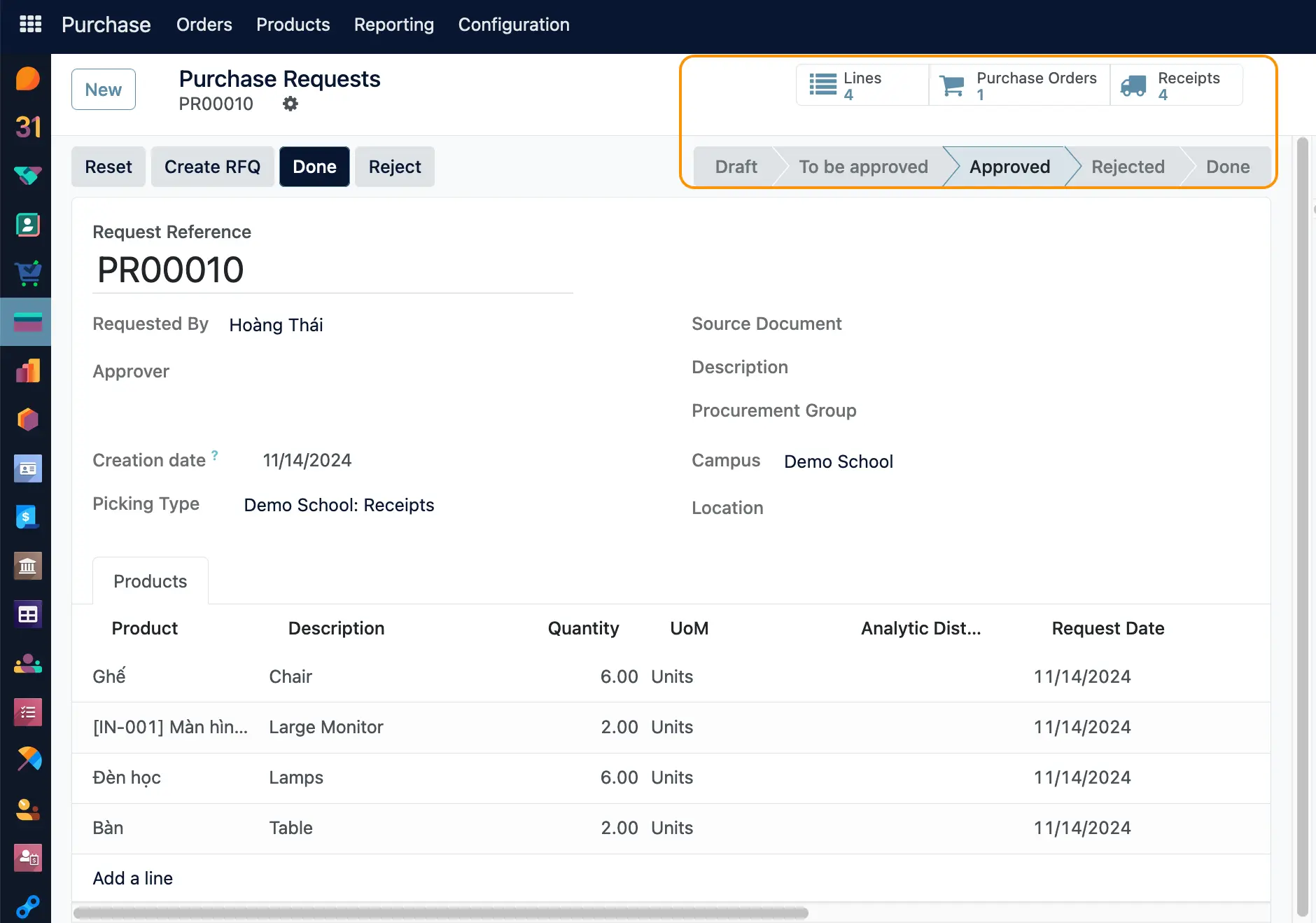
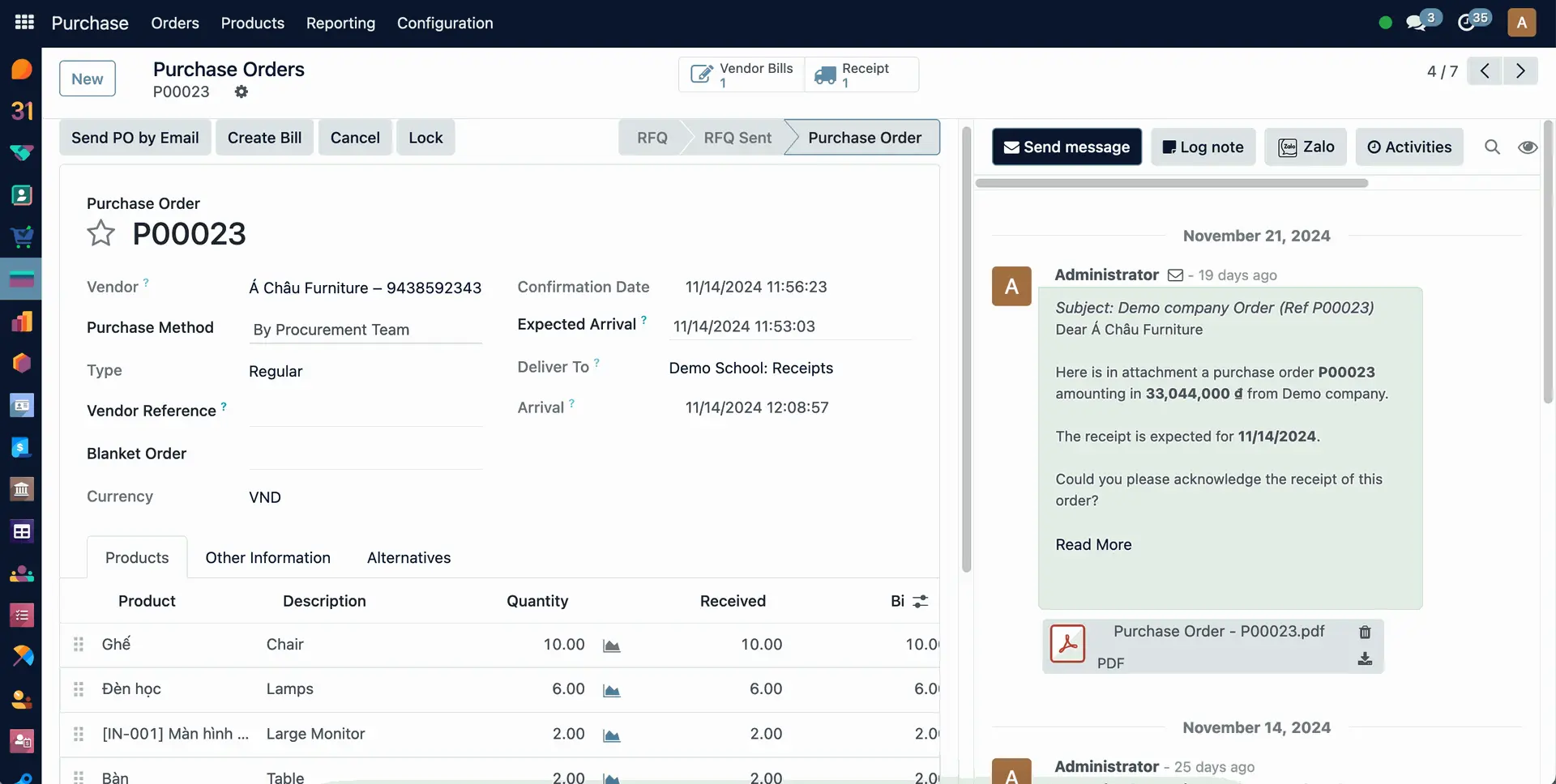

Managing the intake of educational supplies, equipment, textbooks, materials, and other items into the school's inventory. This includes controlling the quantity, quality, and condition of goods when they are received and stored in the inventory.
Ensuring that sufficient educational materials and supplies are available for students and teachers based on minimum stock levels. This helps prevent shortages or excess inventory, ensuring that teaching and learning activities run smoothly without disruption.
Managing the process of issuing goods from the inventory for use by students, teachers, or for school events and activities. This involves closely tracking the quantity and condition of items being distributed, ensuring that the process is carried out correctly and accurately.
Adjusting the inventory quantities when discrepancies arise between recorded and actual stock levels. This includes inspecting, analyzing, and correcting inventory data to accurately reflect the current stock status, helping maintain precise inventory records for effective management and distribution.

